Population and Social Characteristics
These Are All the Countries Muslims Once Ruled
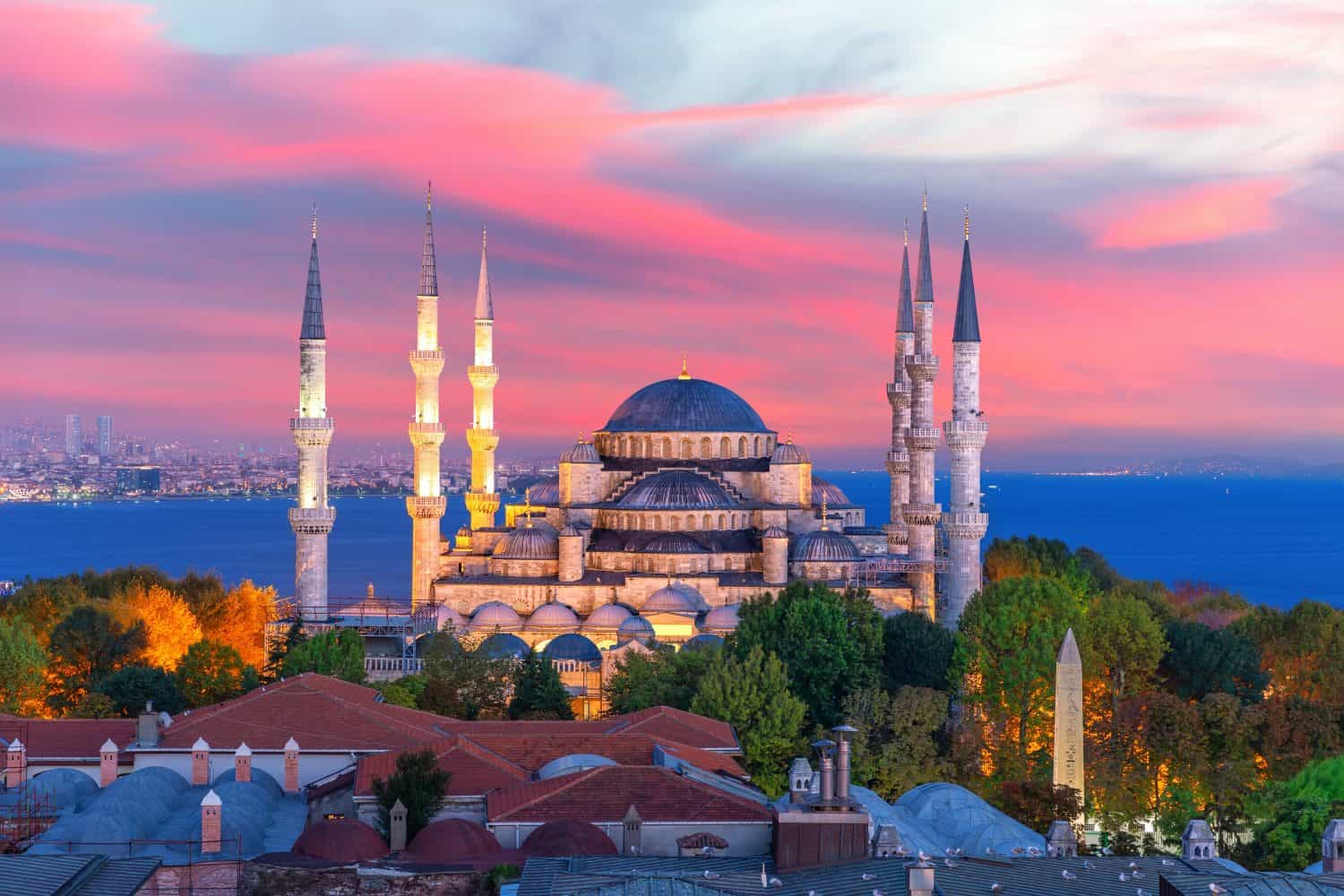
Published:

Today there are over 1 billion Muslims in the world, making this religion the second-largest in the world after Christianity. While Muslims live in most countries, they rule fewer geographic regions today than they did at the greatest extent of the Islamic caliphates. Next up, all of the countries they once ruled, and some examples of Islamic cultural influences that still linger in these areas.
24/7 Wall St. Insights
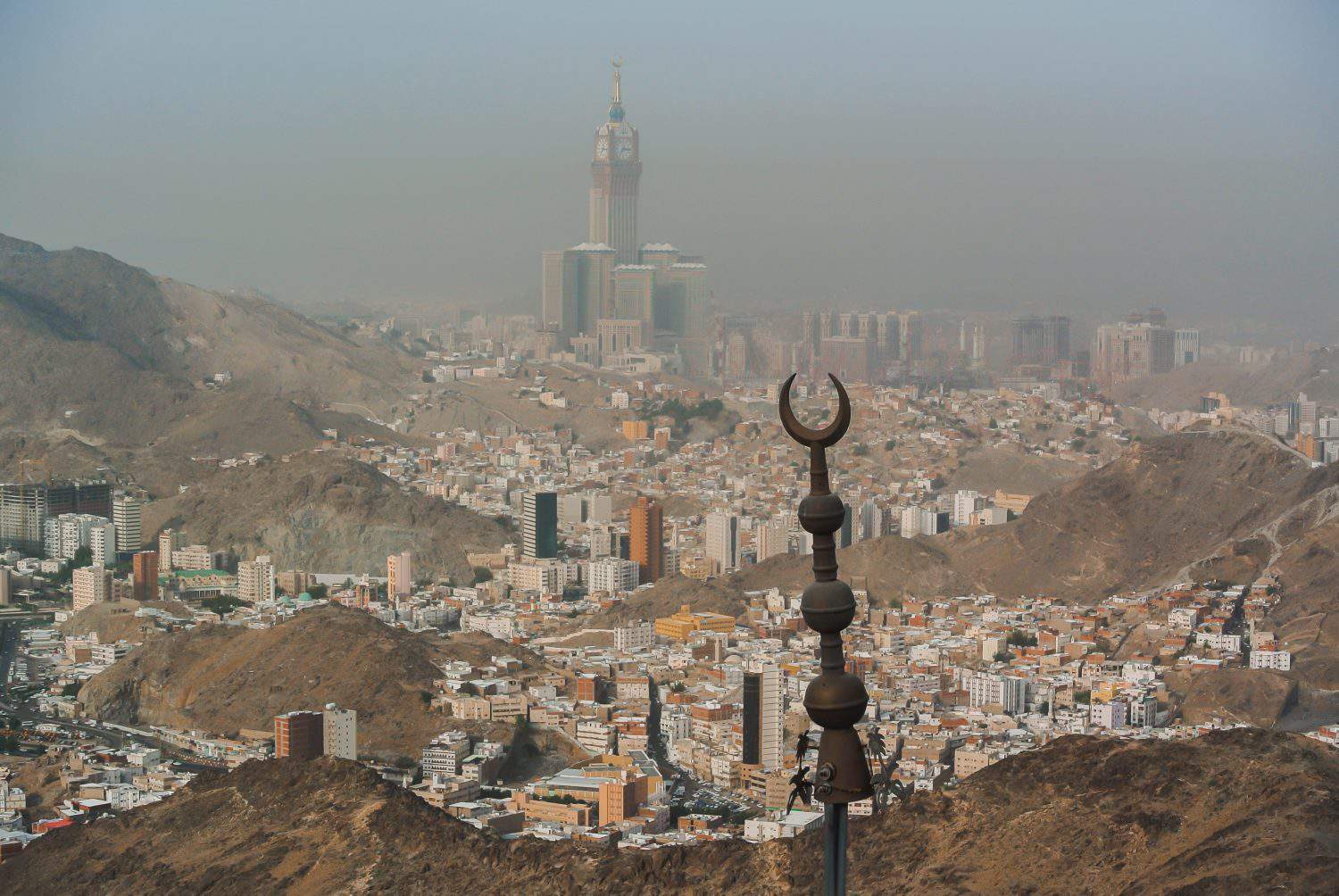
Islam started in Mecca with the Prophet Muhammad, who was born in 570 CE. Living in a polytheistic culture, he and his followers were persecuted for teaching strict monotheism. From a base in Medina, they achieved military victory over Mecca and went on to take control of most of the Arabian Peninsula by the time of Muhammad’s death.

Islam teaches God revealed their Scripture, the Qur’an, to Muhammad as a word-for-word dictation. All people are accountable to this one God. Humans’ good and bad deeds are recorded, to be reviewed after their death. God will then decide whether to send the individual to an oasis-like paradise or to the eternal fire of Hell.
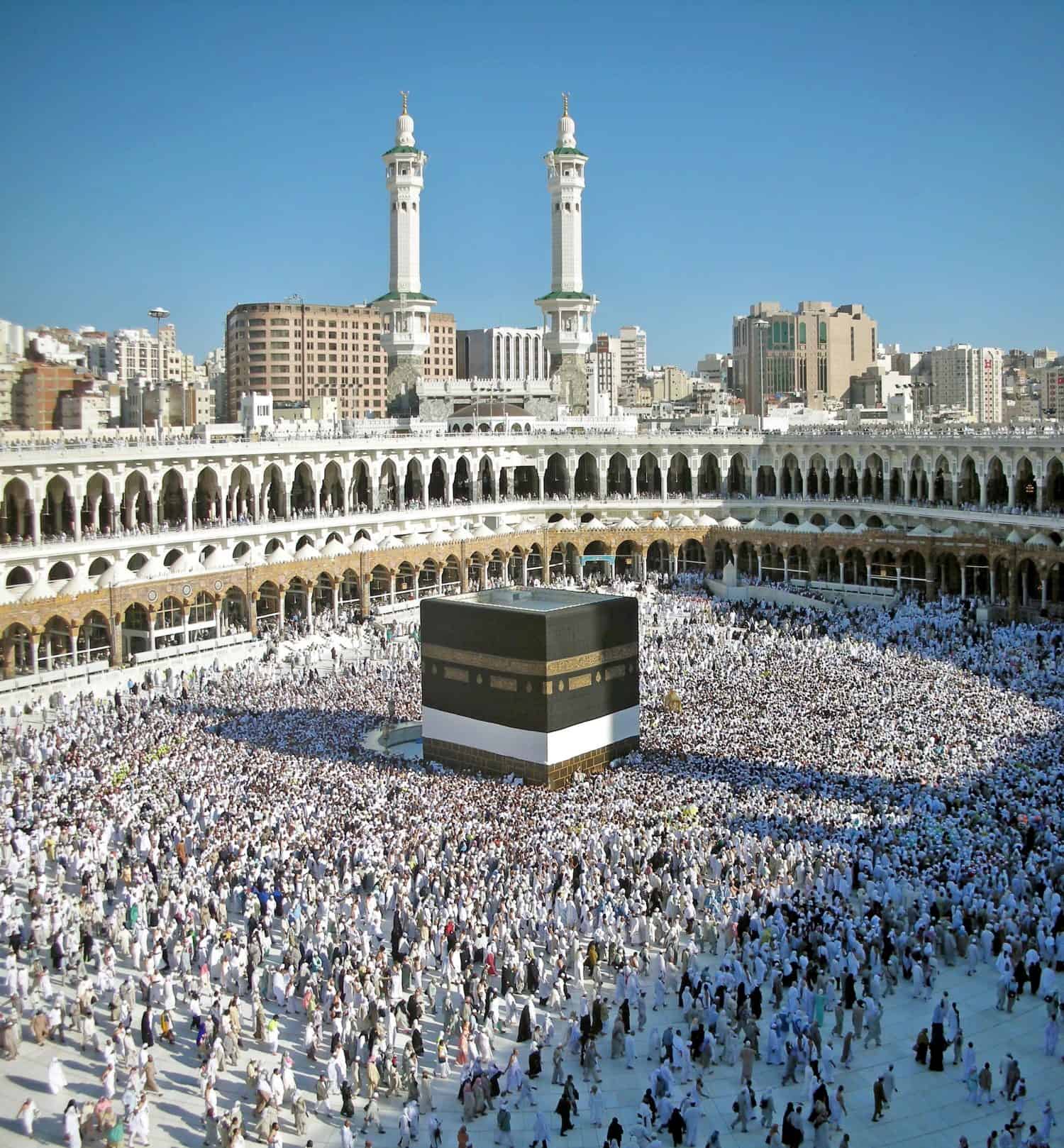
The requirements to live as a Muslim are summed up in the “5 Pillars of Islam:”
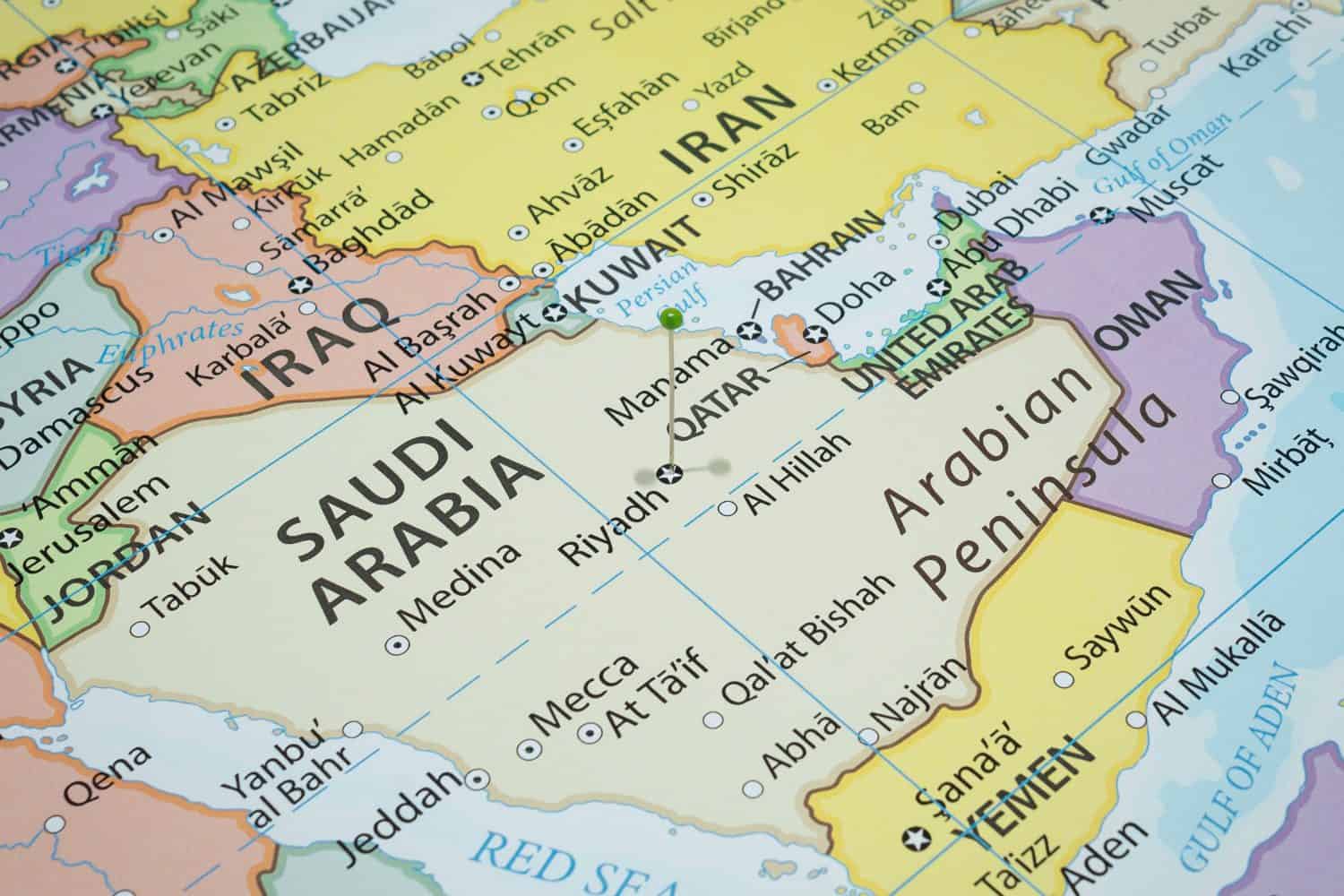
Islam spread through a variety of means. Teaching and intellectual persuasion was one method. Military conquest was another. Sometimes it spread to distant areas along trade routes. Muslims have traditionally valued large families, so this has also increased their numbers. Some areas resisted the spread of Islam while others welcomed it to relieve themselves of ineffective or corrupt leadership.
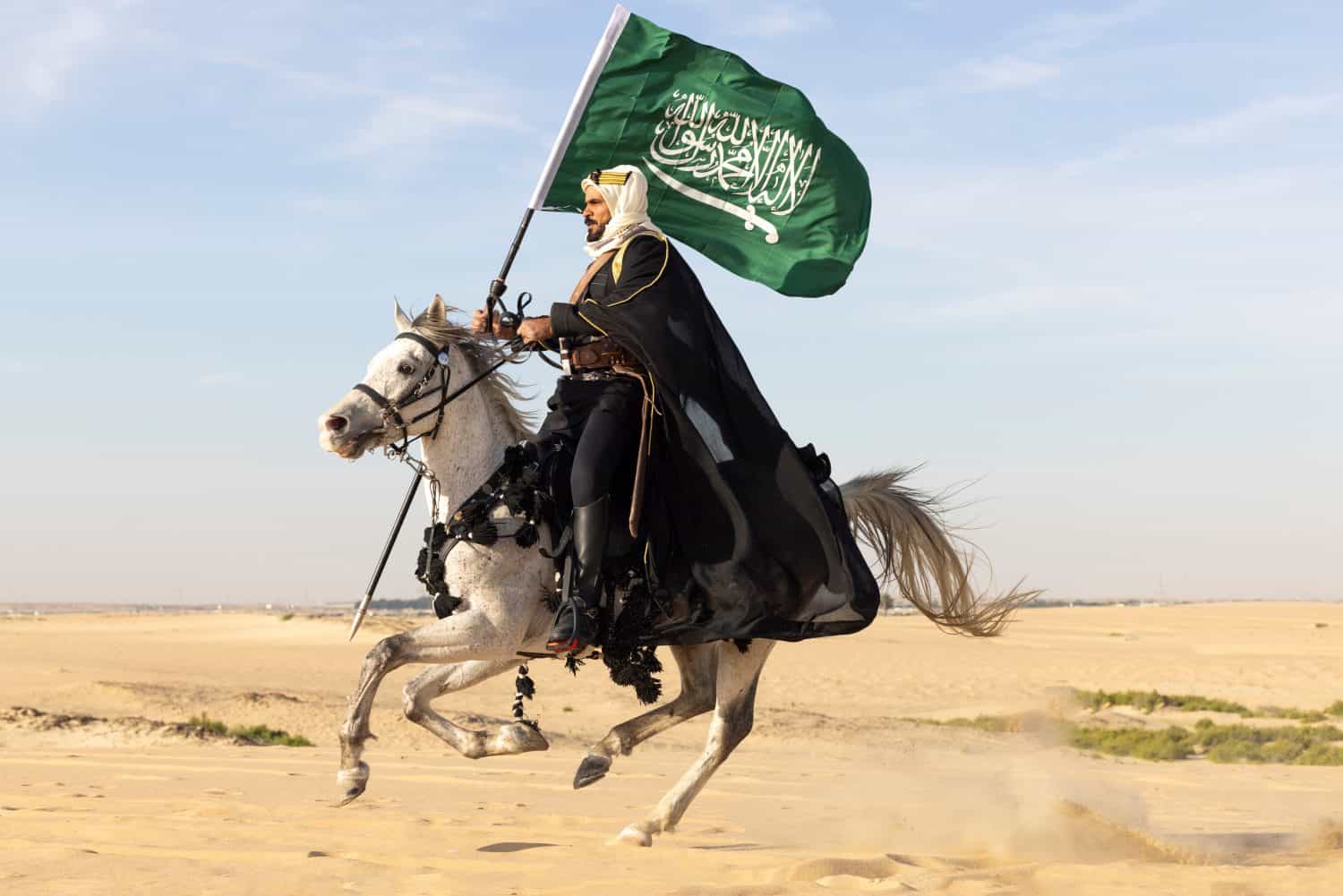
Officially, Muslims placed requirements on nonbelievers, such as special taxes, forbidding them to proselytize, and requiring that they ride donkeys rather than horses to signify subordination. If they held to these conditions they were usually allowed to practice their faith, so that tens of millions of Christians still live in countries like Egypt under Islamic rule today. In practice, however, at different points in history some Muslims have persecuted people of other faiths, as they also have been persecuted.
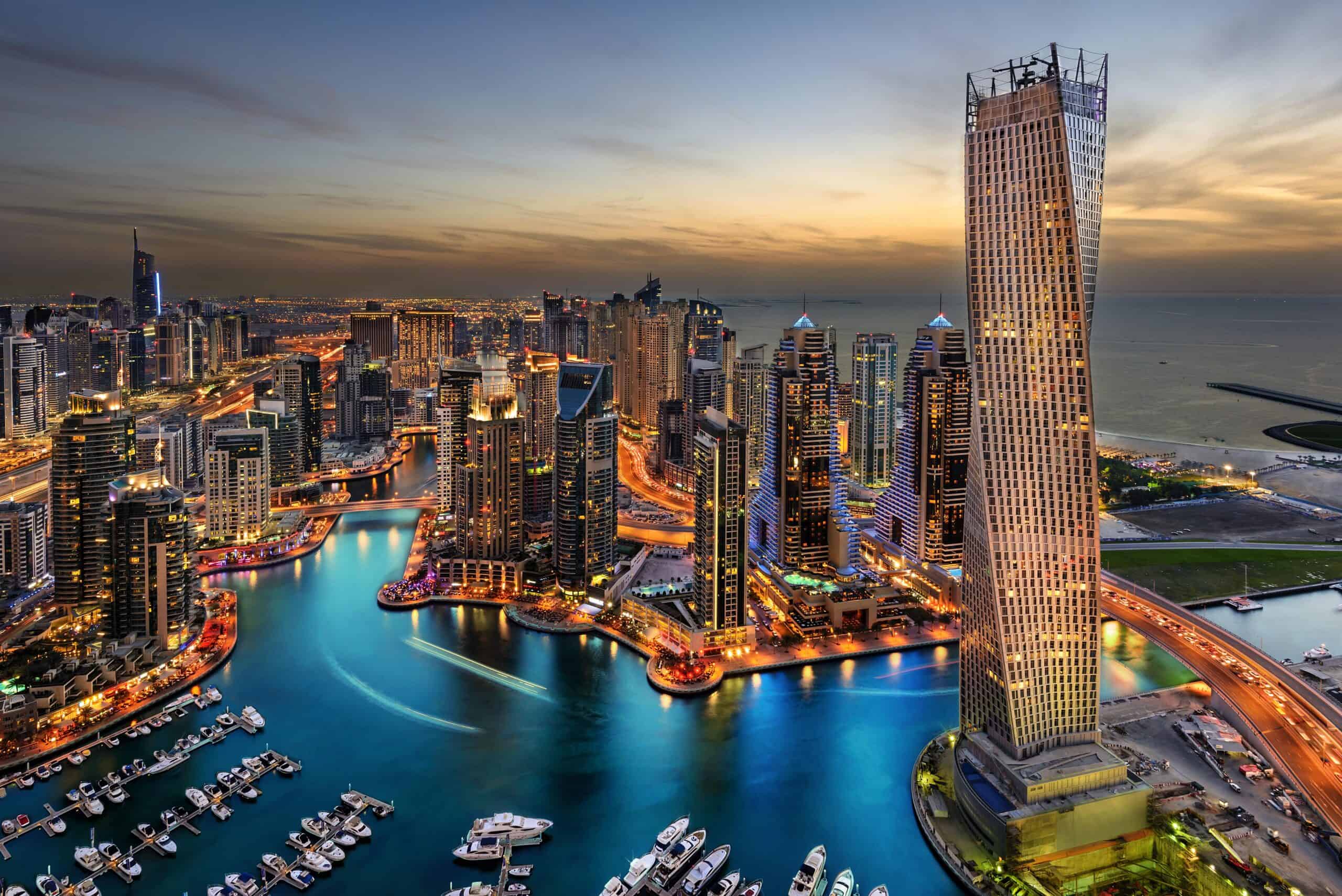
These are the modern Middle Eastern countries once ruled by Muslims (and in most cases still ruled by them):
Saudi Arabia, Yemen, Oman, United Arab Emirates, Bahrain, Qatar, Kuwait, Iraq, Iran, Syria, Turkey, Jordan, Israel/Palestine, Lebanon.

At their greatest extent, Islamic empires ruled all or part of these European countries:
Spain, Portugal, France, Italy, Malta, Greece, Albania, Kosovo, Montenegro, North Macedonia, Bulgaria, Romania, Serbia, Bosnia and Herzegovina, Georgia, Armenia, Azerbaijan, Russia, Moldova, Ukraine, Croatia, Slovenia, Hungary, Slovakia.

These are the Central Asian countries Muslims ruled:
Kazakhstan, Uzbekistan, Kyrgzystan, Tajikistan, Turkmenistan, Afghanistan.
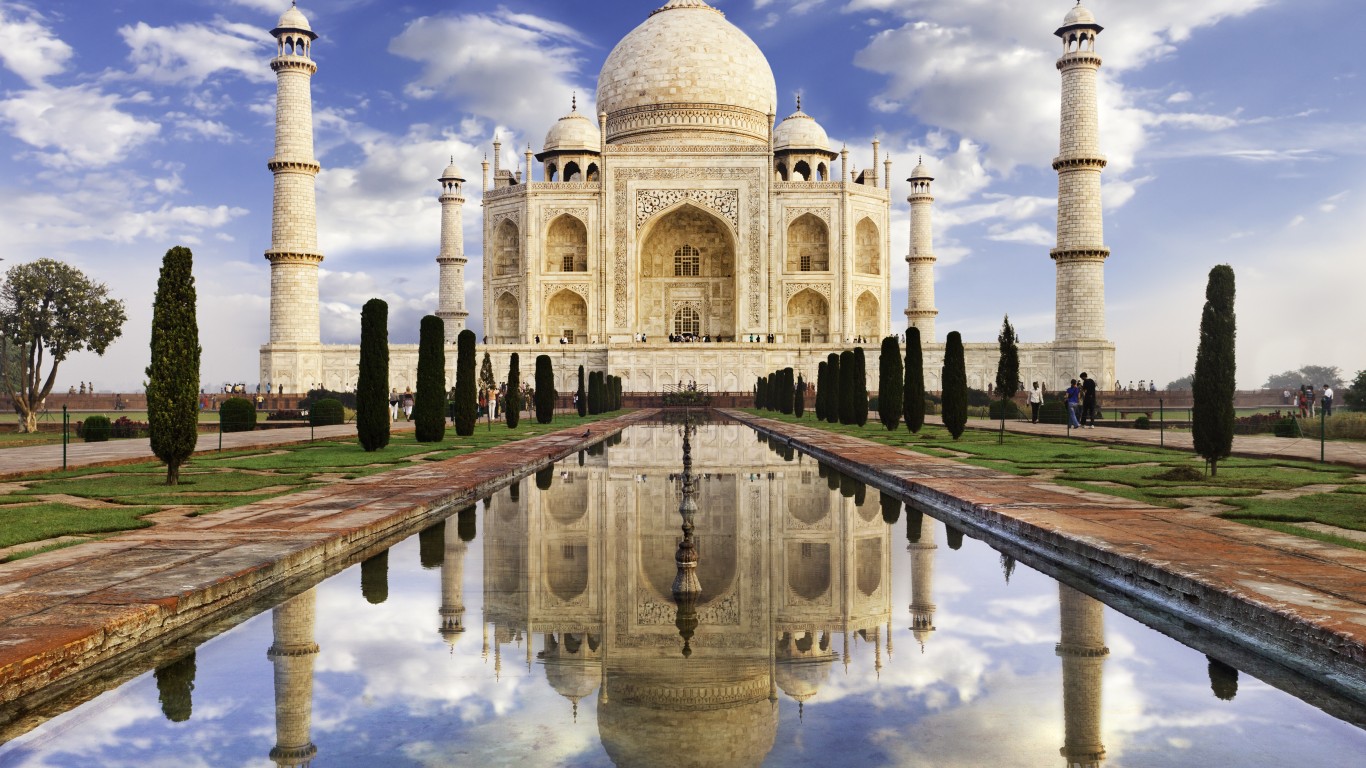
These modern South and Southeast Asian countries were once (or currently) under Islamic rule:
Pakistan, India, Bangladesh, Sri Lanka, Nepal, Southwest China, Southern Vietnam, Indonesia, Philippines.
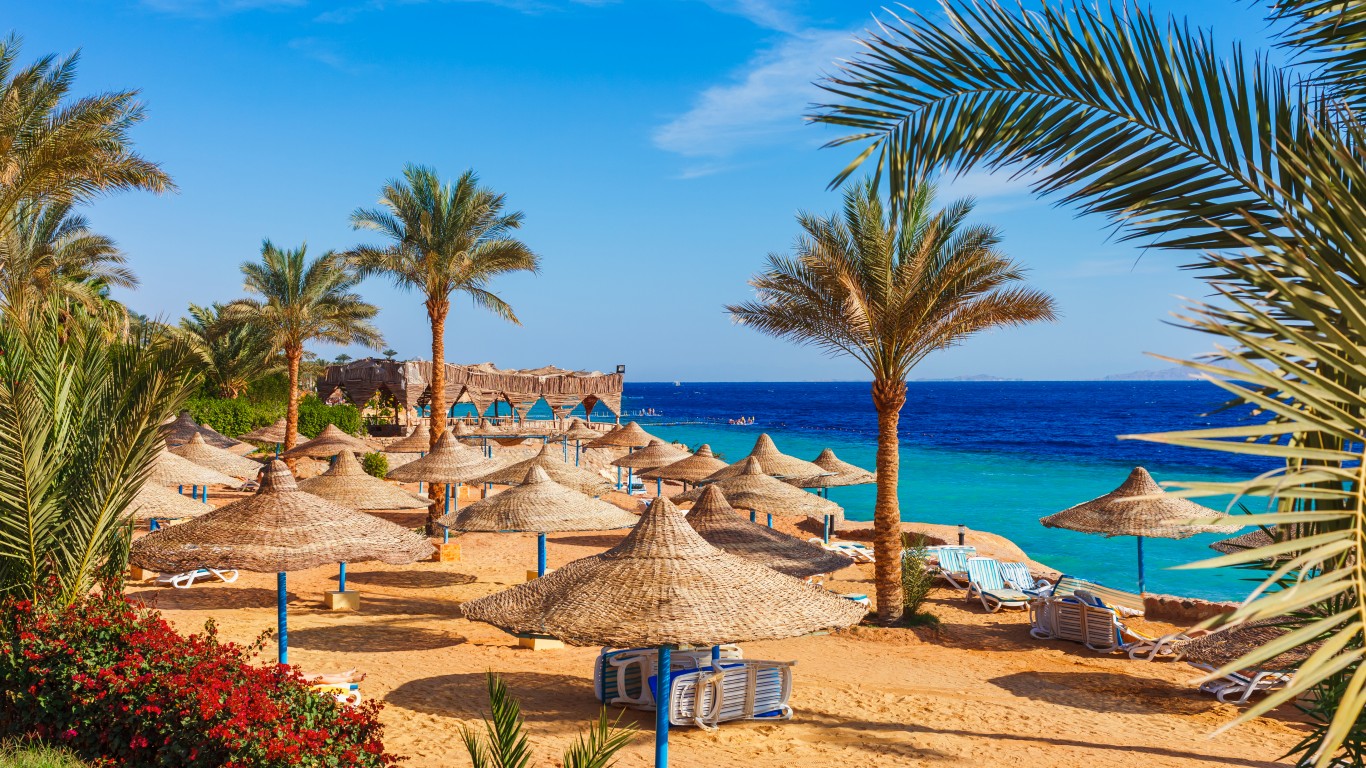
Muslims ruled all or part of these African countries (and in many cases still do):
Egypt, Libya, Tunisia, Algeria, Morocco, Western Sahara, Mauritania, Niger, Mali, Chad, Sudan, South Sudan, Ethiopia, Djibouti, Somalia, Kenya, Tanzania, Mozambique, Madagascar, Uganda, Central African Republic, Nigeria, Cameroon, Burkina Faso, Senegal, Gambia.

Even for those countries that are no longer under Islamic rule, Islam has an enduring cultural legacy. To some extent, countries once ruled by Muslims have these kinds of culture features:
If you have the opportunity to travel to one of these countries, see how many of these cultural influences you notice.
Choosing the right (or wrong) time to claim Social Security can dramatically change your retirement. So, before making one of the biggest decisions of your financial life, it’s a smart idea to get an extra set of eyes on your complete financial situation.
A financial advisor can help you decide the right Social Security option for you and your family. Finding a qualified financial advisor doesn’t have to be hard. SmartAsset’s free tool matches you with up to three financial advisors who serve your area, and you can interview your advisor matches at no cost to decide which one is right for you.
Click here to match with up to 3 financial pros who would be excited to help you optimize your Social Security outcomes.
Have questions about retirement or personal finance? Email us at [email protected]!
By emailing your questions to 24/7 Wall St., you agree to have them published anonymously on a673b.bigscoots-temp.com.
By submitting your story, you understand and agree that we may use your story, or versions of it, in all media and platforms, including via third parties.
Thank you for reading! Have some feedback for us?
Contact the 24/7 Wall St. editorial team.